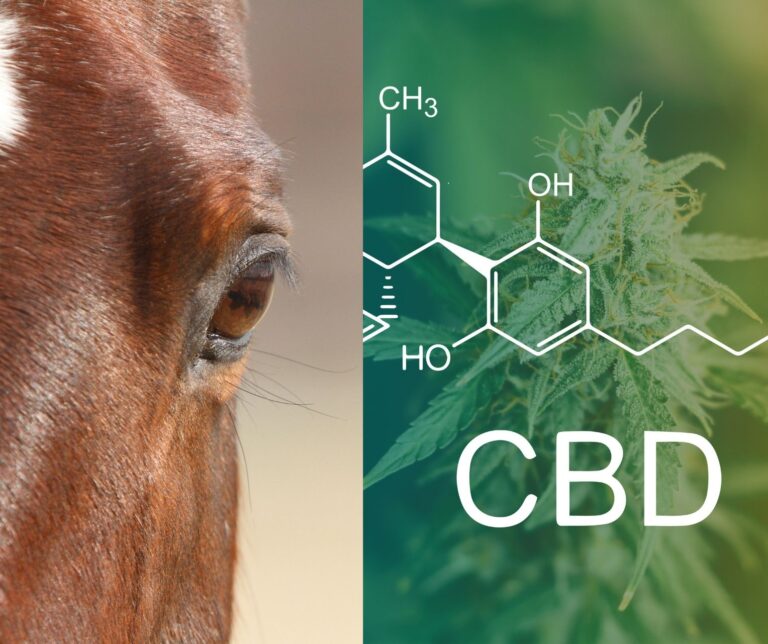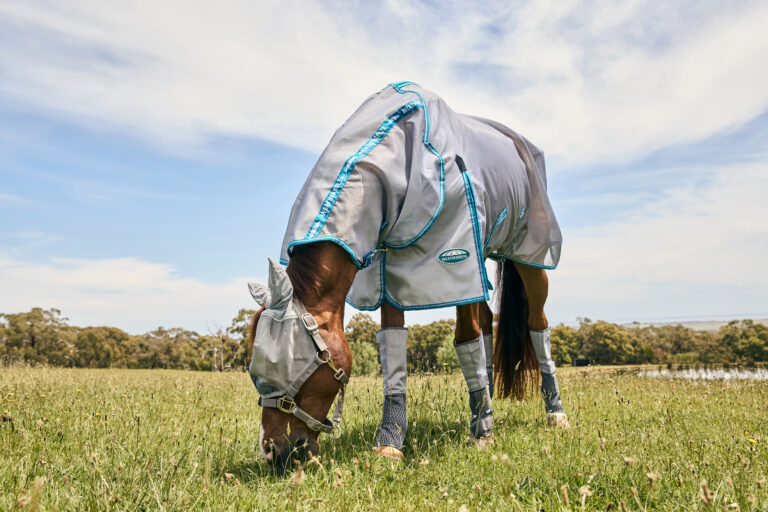Spring is the ideal time to vaccinate your horse against some serious common health threats. The American Association of Equine Practitioners recommends four “core” vaccinations for almost all horses in the United States to bolster the immune system’s response. It also offers guidance on several more based on a horse’s risk of becoming ill. Although no vaccine provides full protection, all have been shown to reduce the risk of clinical illness.

Your veterinarian can help you decide which vaccinations are appropriate for your horse by taking into account four factors that influence susceptibility to disease:
- geographic location. Certain illnesses may be prevalent in your region.
- lifestyle. The more encounters a horse has with others, the greater the opportunity for exposure to disease.
- career. The physical demands of showing, competing, shipping and breeding may compromise immunity at a time when a horse is increasingly exposed to other horses. Pregnant mares are at risk of abortion from certain diseases.
- age. Young and elderly horses may be unable to respond to immune-system threats.
Once you and your veterinarian have identified the vaccinations that are right for your horse, you’ll consider the products to be used as well as the timing.
Core Vaccinations
The AAEP recommends vaccinating virtually all horses against these four diseases:
Eastern and Western equine encephalomyelitis (EEE, WEE)—often fatal brain and spinal cord inflammation resulting in fever, depression and neurologic signs; caused by viruses of the Togaviridae family; spread by biting mosquitoes; EEE is the more life-threatening in horses; WEE is less common.
Rabies—fatal viral disease of the central nervous system caused by Rabies lyssavirus; usually transmitted through the saliva of an infected animal’s bite.
Tetanus—potentially fatal infection characterized by violent muscle spasms; caused by the toxin-producing bacterium Clostridium tetani, which forms long-lasting spores commonly found in soil and feces that enter the body through wounds.
West Nile virus—inflammation of the central nervous system caused by viruses of the Flaviviridae family; spread by biting mosquitoes; some horses show few, if any, signs of illness; others may experience fever, limb weakness, muscle twitching, incoordination, paralysis, coma and death.
Risk-Based Vaccinations
The AAEP advises evaluating the likelihood of your horse encountering any of the following 11 diseases to determine whether vaccination is warranted.
Anthrax—very uncommon but often fatal infection in horses; caused by the bacterium Bacillus anthracis, which produces spores, normally found in dirt, that may contaminate wounds or be ingested or inhaled.
Botulism—uncommon but fatal neurologic disease caused by ingestion of the highly toxic bacterium Clostridium botulinum, found in soil and the intestinal tract; three variations are seen in horses: wound botulism, forage poisoning and shaker
foal syndrome.
Equine herpesvirus (EHV)—illness caused by a common, highly contagious pathogen of the respiratory tract; of nine known strains, EHV-1 and EHV-4 primarily cause respiratory disease (rhinopneumonitis) in horses; EHV-1 can also trigger abortion in pregnant mares; damage by the virus to blood vessels in the brain and spinal cord may produce equine herpesvirus myeloencephalopathy (EHM). Vaccination offers little protection for the neurologic form.
Equine influenza—the most common infectious respiratory disease in horses; characterized by fever, nasal discharge and rarely, heart damage; caused by Influenza A viruses, which are known for high rates of transmission via respiratory droplets; spread by infected, coughing horses and contaminated equipment (buckets, brushes, tack, clothing, etc.).
Equine viral arteritis (EVA)—rare, primarily non-life-threatening respiratory disease; can also be transmitted during breeding; can be carried and spread by stallions who may show no signs; may cause abortion in pregnant mares and death in infected foals.
Leptospirosis—bacterial infection caused by Leptospira organisms that enter the body through mucous membranes, broken skin or ingestion of contaminated water or feed; may cause kidney disease, ocular conditions including equine recurrent uveitis and late-term abortion in mares.
Potomac horse fever—infection caused by the bacterium Neorickettsia risticii; occurs in temperate areas, often near rivers, from late spring through early fall; may be mild to fatal.
Rotaviral diarrhea—serious, life-threatening condition affecting young foals who rapidly become dehydrated; occurs through ingestion of feces and contaminated materials; caused by several viral strains.
Snake bite—potentially life-threatening damage to skin tissue, blood cells and blood vessels caused by toxins in the venom of the Western diamondback rattlesnake (Crotalus atrox), found throughout the southwestern United States and northern half of Mexico.
Strangles—common and highly contagious infection of the upper respiratory tract caused by Streptococcus equi bacteria; characterized by abscess formation in the lymph nodes around the jaw and throatlatch and pus draining through the nose.
Venezuelan equine encephalomyelitis (VEE)—potentially fatal viral inflammation of the white matter in the brain and spinal cord; related to EEE and WEE; transmitted primarily by mosquitoes; seen in Central and South America as well as Mexico and very rarely in the southern United States.
Thanks to equine practitioner Julia Wilson, DVM, DACVIM, of Turner Wilson Equine Consulting LLC, in Stillwater, Minnesota, for her technical assistance in the preparation of this article. The executive director of the Minnesota Board of Veterinary Medicine, Dr. Wilson is also the co-founder of the Equitarian Initiative, which prepares volunteers to deliver health care and education to improve the health, nutrition, productivity and welfare of horses, donkeys and mules.
This article originally appeared in the Spring 2022 issue of Practical Horseman.











